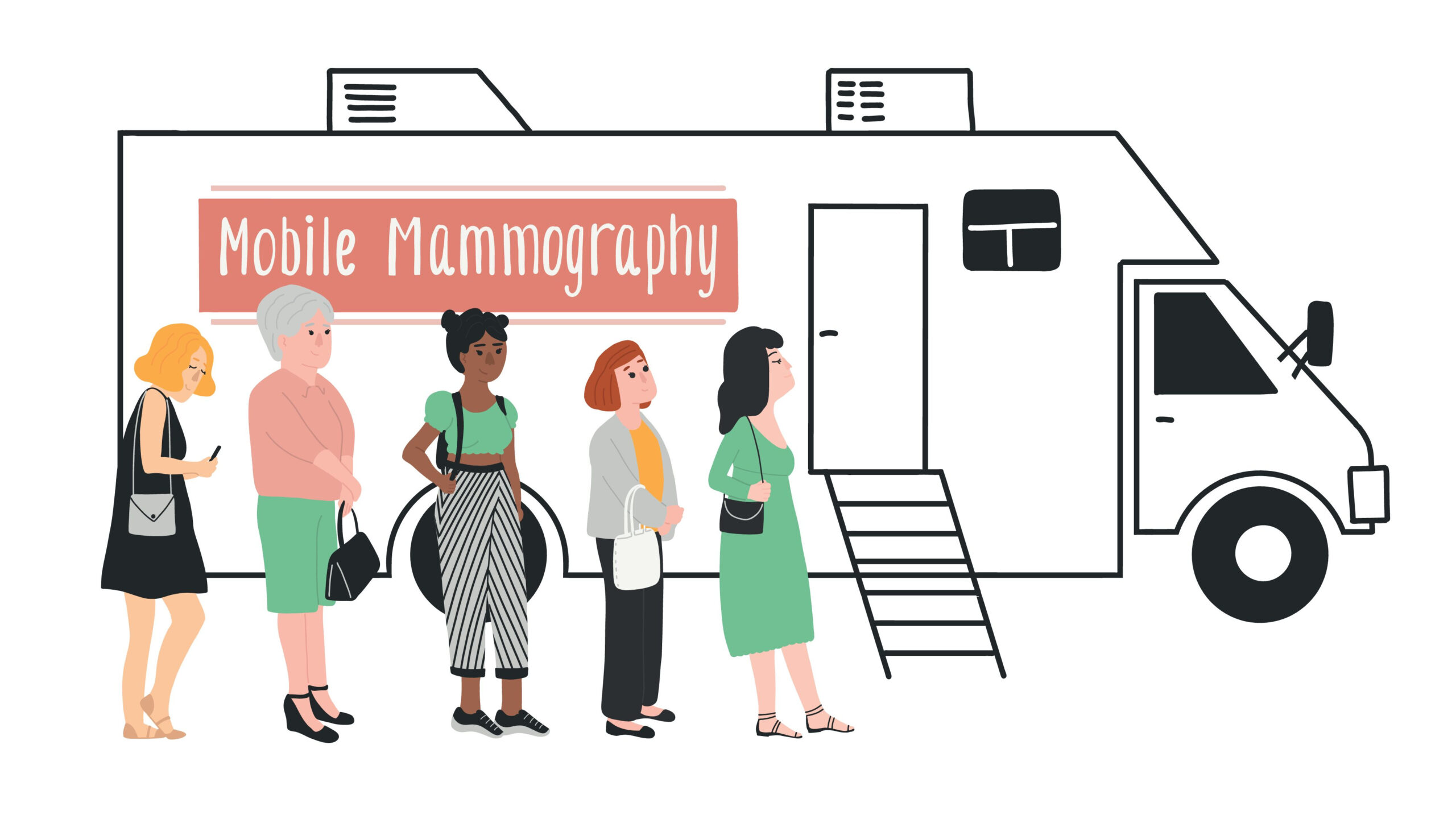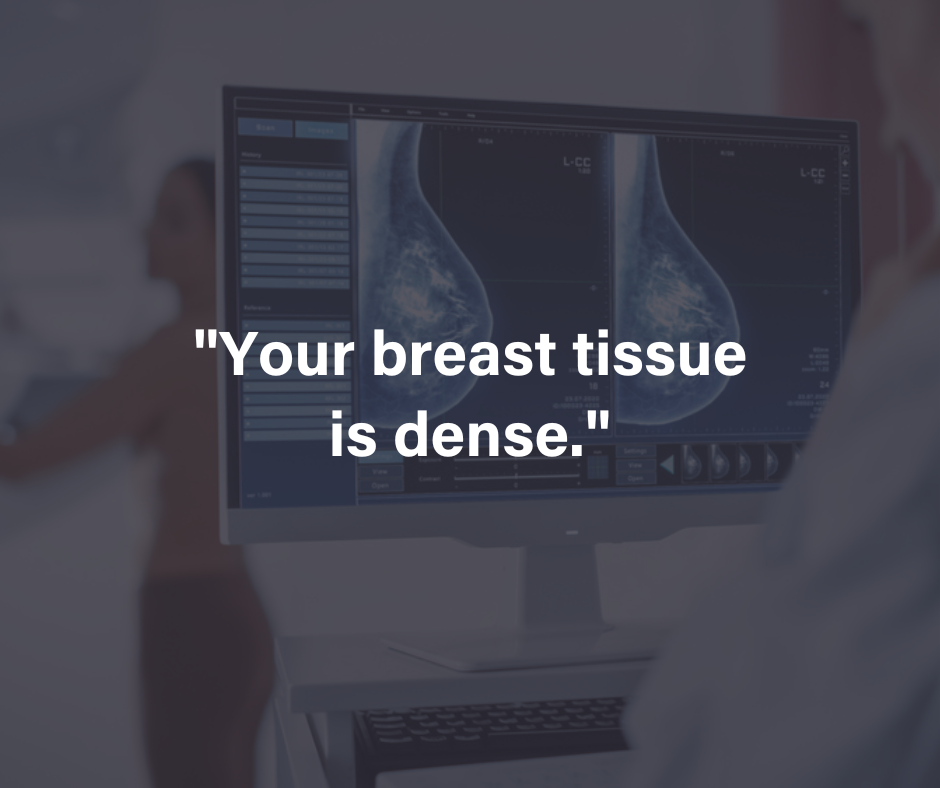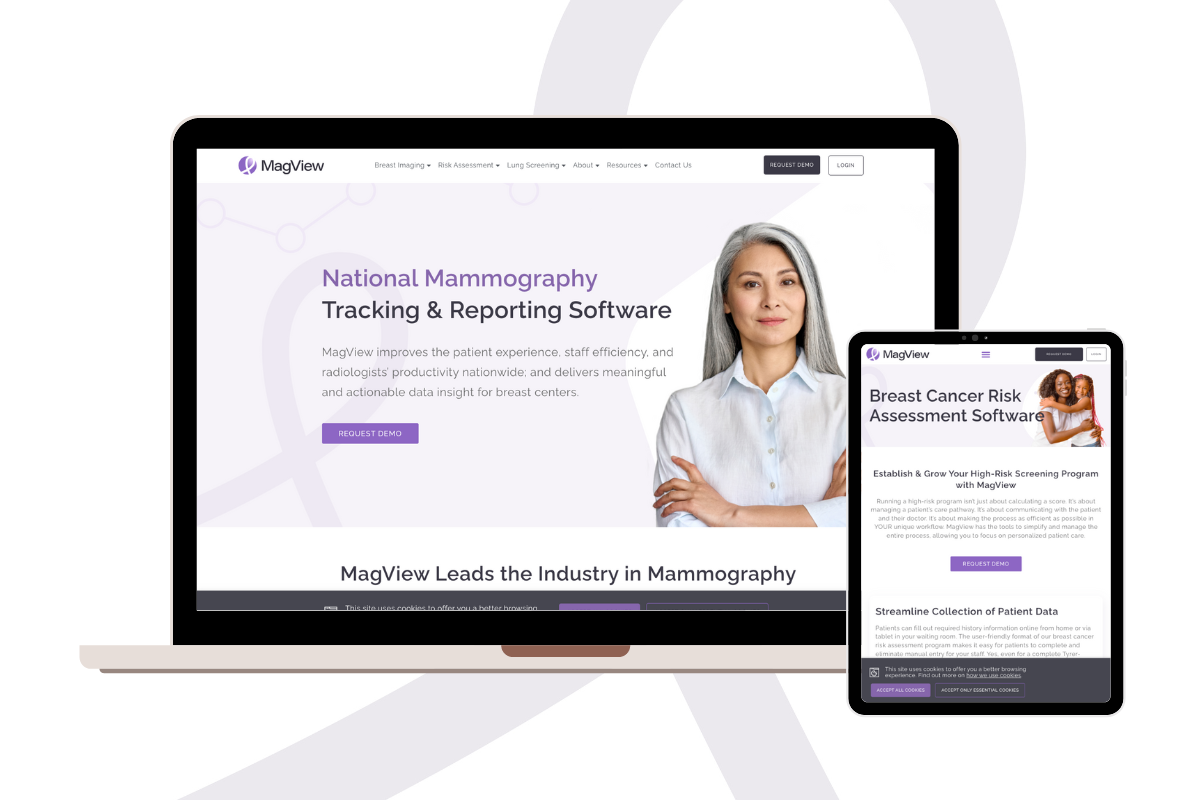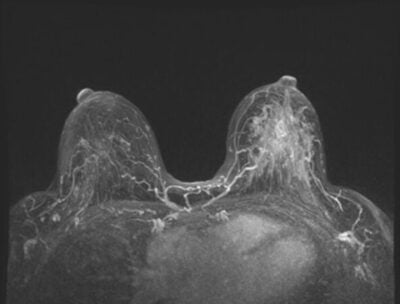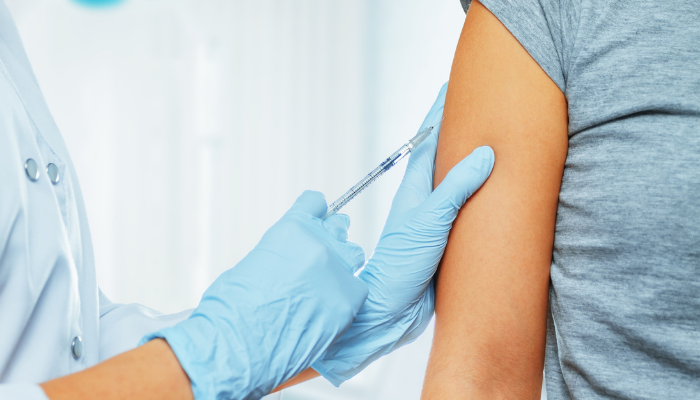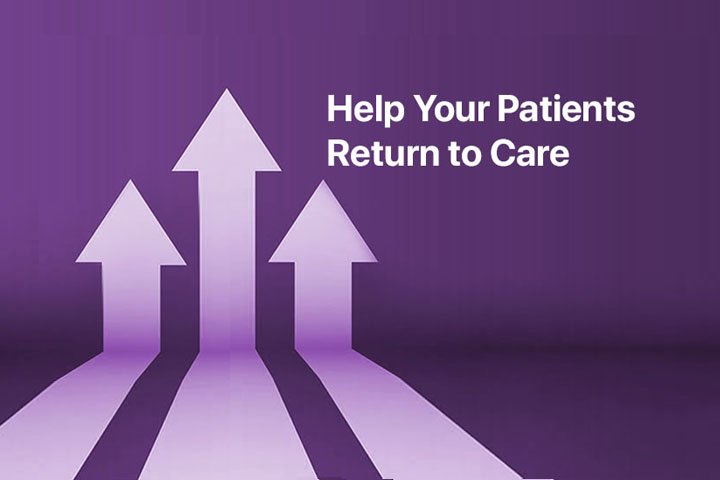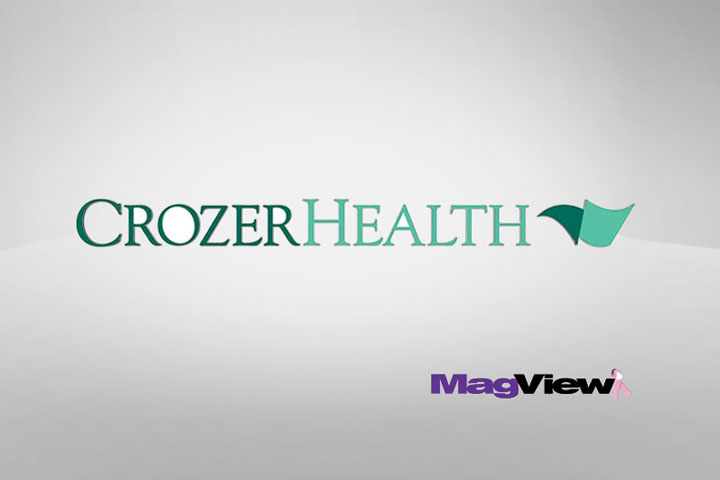OBGYNs are a cornerstone of women’s health and their role extends beyond reproductive care. Regular visits to your OBGYN can significantly contribute to breast cancer prevention and early detection. By combining advanced screening tools with thorough breast cancer risk assessments, OBGYNs help identify factors that may increase a patient’s likelihood of developing breast cancer, ensuring timely interventions and personalized care.
The Connection Between OBGYN Care and Breast Cancer Prevention
OBGYNs play a vital role in breast cancer prevention by identifying risks early and guiding patients through the next steps. During routine visits, OBGYNs may:
- Evaluate breast cancer risk factors
- Identify high-risk patients and recommend advanced screening tools
- Conduct screening and risk assessment such as clinical breast exams and genetic testing.
- Coordinate with specialists to ensure patients receive comprehensive care and monitoring.
- Educate patients on preventive care strategies.
Each of these elements plays a key role in breast cancer detection and will be explored in detail below.
Breast Cancer Risk Factors Discussed During OBGYN Visits
During an OBGYN consultation, discussions often focus on specific breast cancer risk factors. These include:
- Family History Evaluation: Your OBGYN will ask about relatives who have had breast or ovarian cancer to determine if genetic factors might increase your risk.
- Lifestyle Factors: Smoking, alcohol consumption, and physical activity are reviewed to assess modifiable lifestyle breast cancer risks.
- Hormonal History: Information about your menstrual cycle, pregnancies, and hormone therapy use is collected to understand hormonal influences on breast cancer risk.
This comprehensive approach ensures no detail is overlooked in assessing your overall risk.
How OBGYNs Help Identify High-Risk Patients
OBGYNs are trained to spot warning signs and identify women who may need additional testing or monitoring. They use a combination of patient history and advanced tools to evaluate breast cancer risk.
Understanding Tools Like the Tyrer-Cuzick Risk Model
One example of a screening tool commonly used is the Tyrer-Cuzick Risk Model. This sophisticated tool calculates a patient’s lifetime risk of developing breast cancer based on factors such as family history, age, and reproductive history. By incorporating these insights, OBGYNs can determine whether patients need early or more frequent mammograms, genetic counseling, or preventive measures.
Screening and Risk Assessment Tools Used by OBGYNs
OBGYNs utilize various methods to ensure thorough risk assessments, including:
- Clinical Breast Exams: Hands-on evaluations to detect abnormalities.
- Advanced Imaging Recommendations: Referrals for mammograms, MRIs, or ultrasounds based on risk factors.
- Genetic Testing Referrals: For patients with strong family histories or other indicators of hereditary risk.
These tools allow OBGYNs to provide individualized recommendations that align with each patient’s risk profile.
Importance of Regular OBGYN Appointments for Breast Health
Routine OBGYN visits are vital for maintaining breast health and preventing breast cancer. These appointments allow for consistent monitoring, risk reassessment, and timely detection of potential concerns. Patients who engage in regular care with their OBGYN have a better chance of catching issues early when they are most treatable.
How OBGYNs Coordinate with Specialists for Risk Management
When OBGYNs identify patients at higher risk for breast cancer, they often collaborate with specialists to ensure comprehensive care. This coordination may include:
- Referrals to genetic counselors for genetic testing.
- Working with radiologists to monitor imaging results.
- Collaborating with surgeons for preventive options, such as risk-reducing mastectomy for extremely high-risk patients.
This multidisciplinary approach ensures patients receive the most effective care plan tailored to their needs.
Patient Education on Breast Self-Exams and Early Detection
OBGYNs also empower patients by teaching self-care practices, such as how to perform breast self-exams. Early detection remains a key factor in improving breast cancer outcomes. Patients are encouraged to combine self-monitoring with professional care to stay proactive about their health.
Stay Informed, Stay Healthy
Follow our women’s health blog for more tips on breast cancer prevention and other women’s health concerns.
References

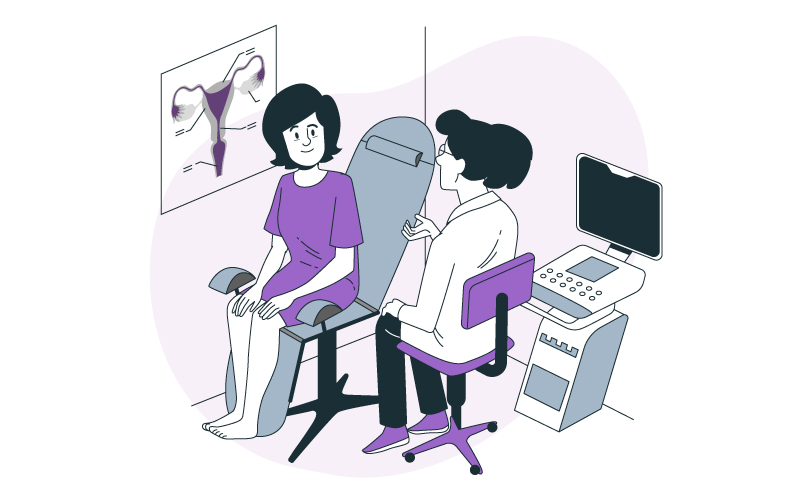





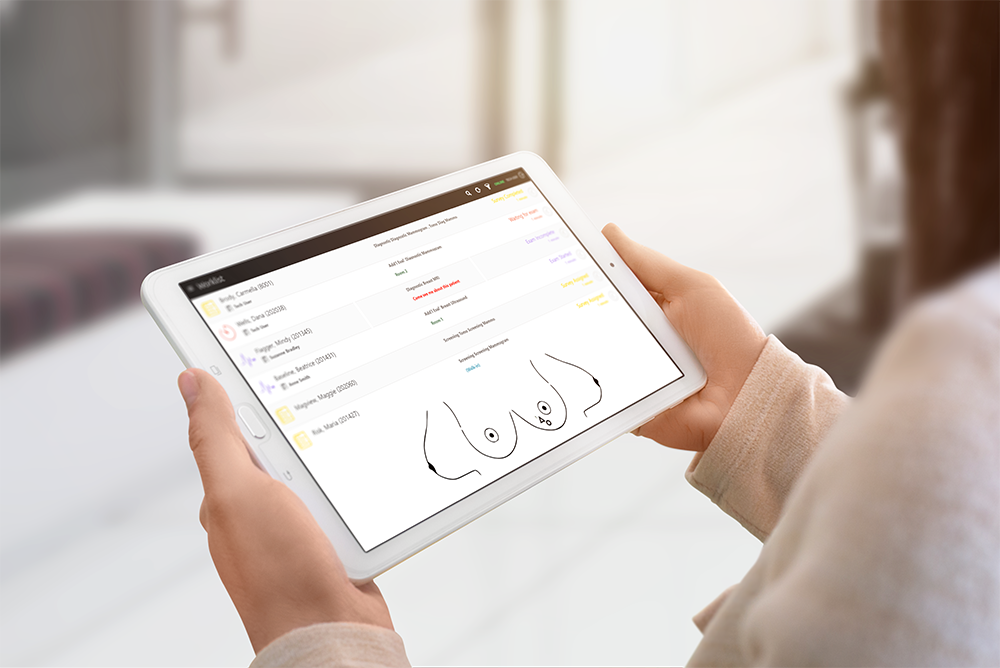
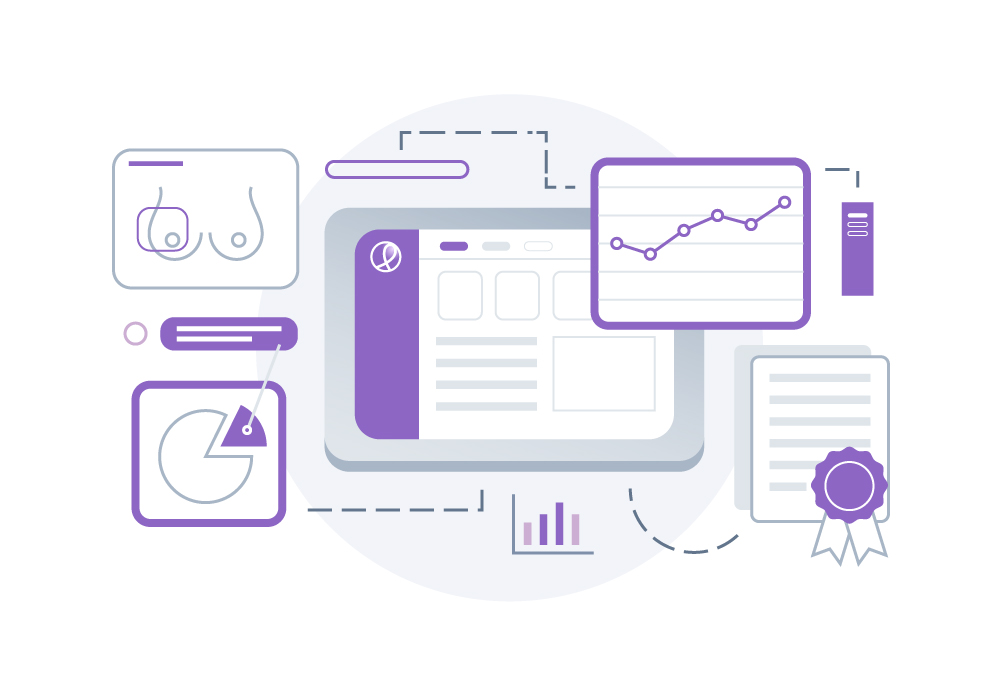
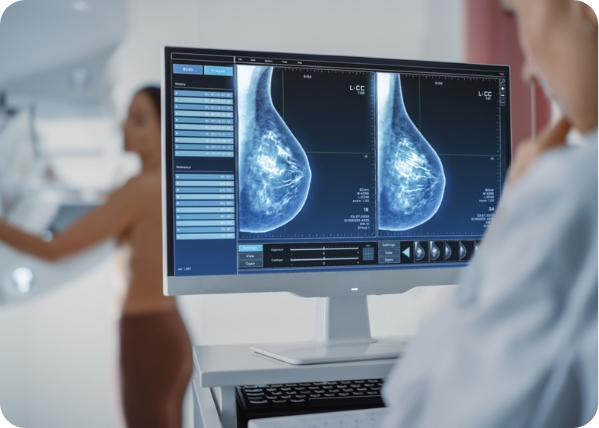

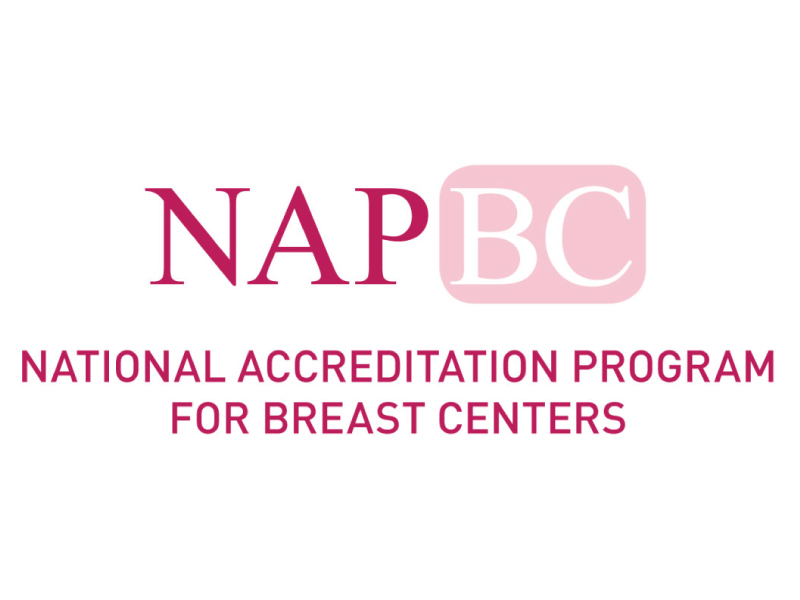
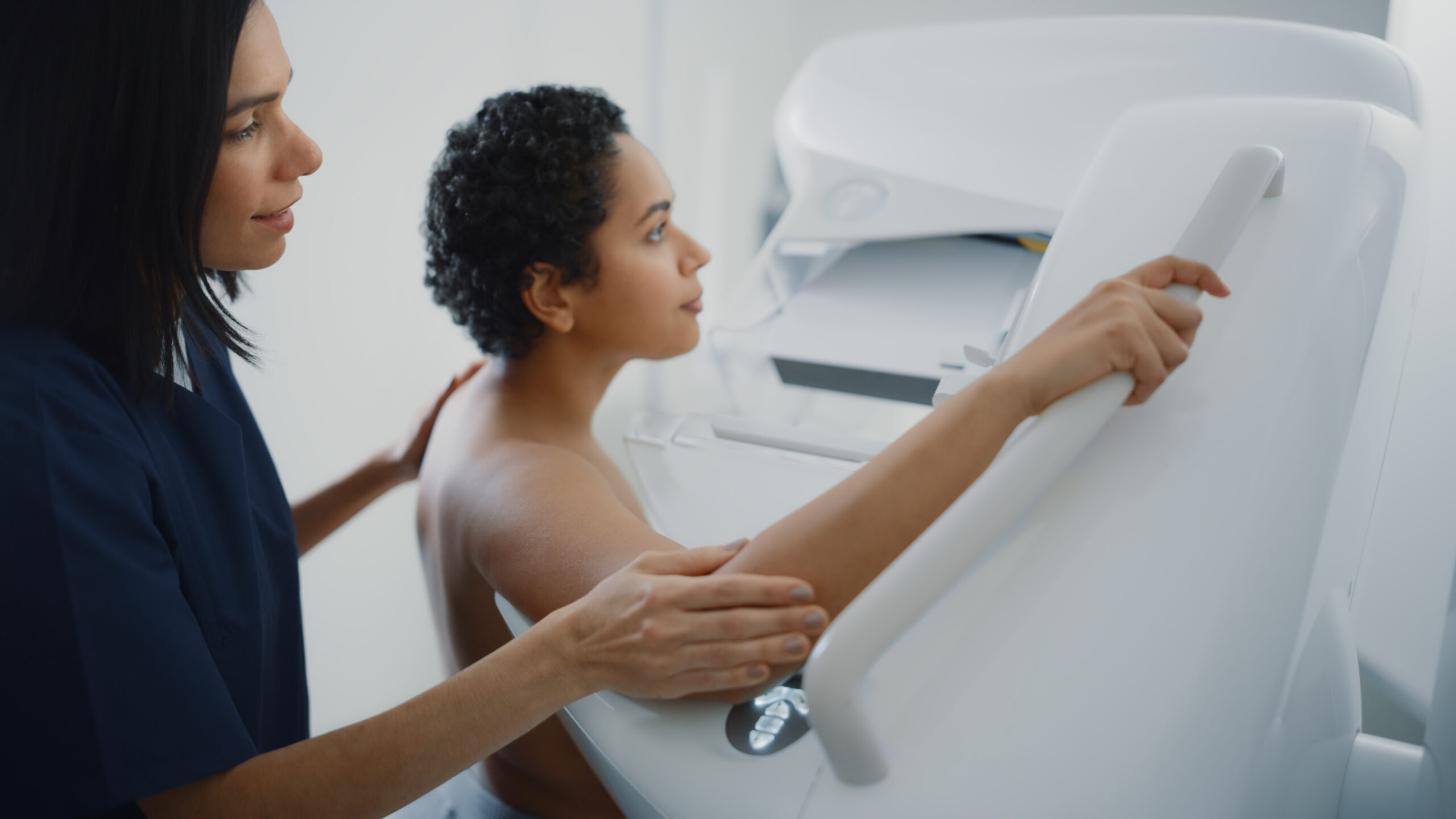
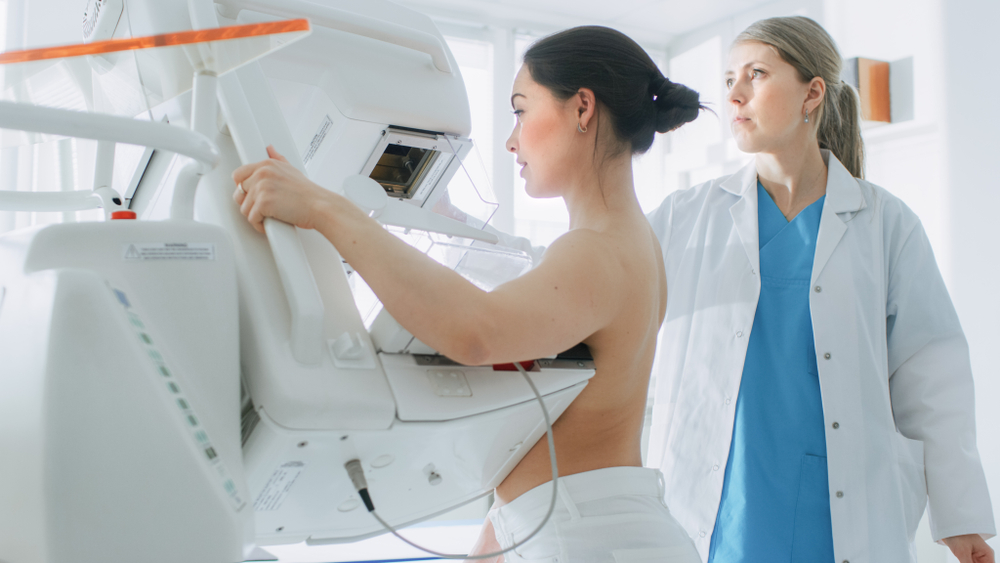
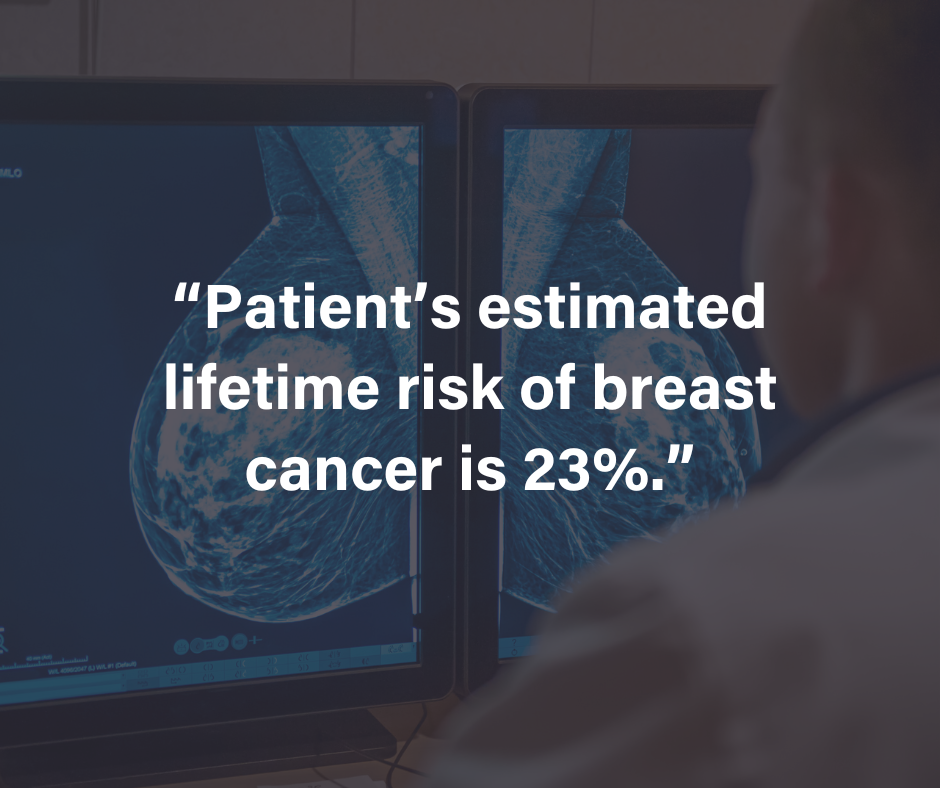
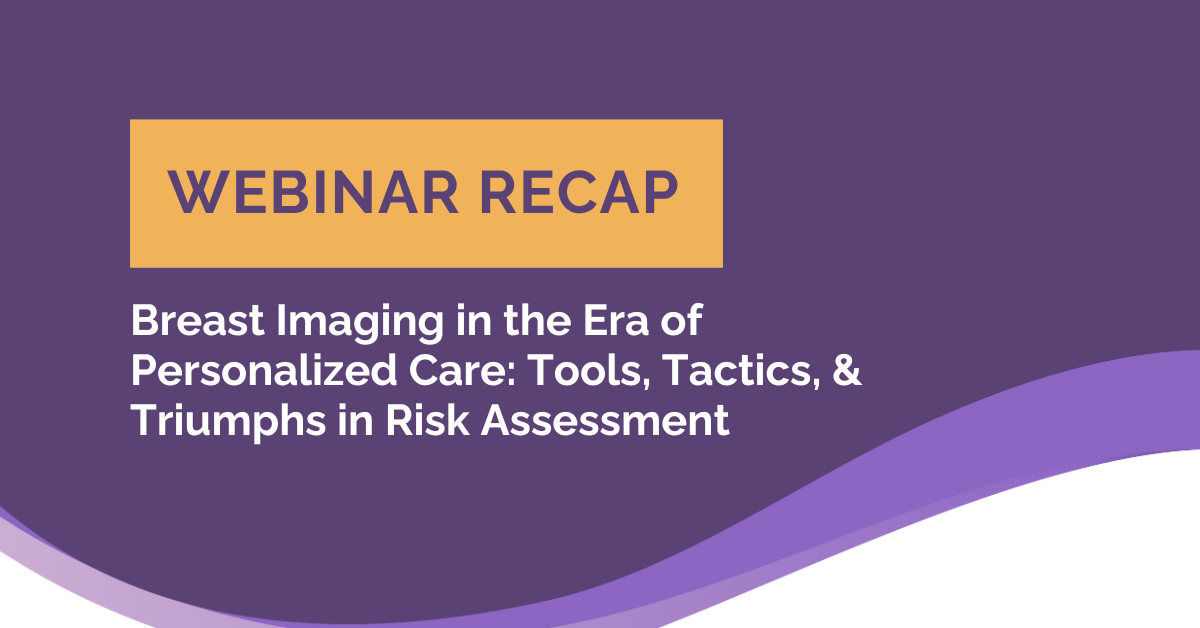
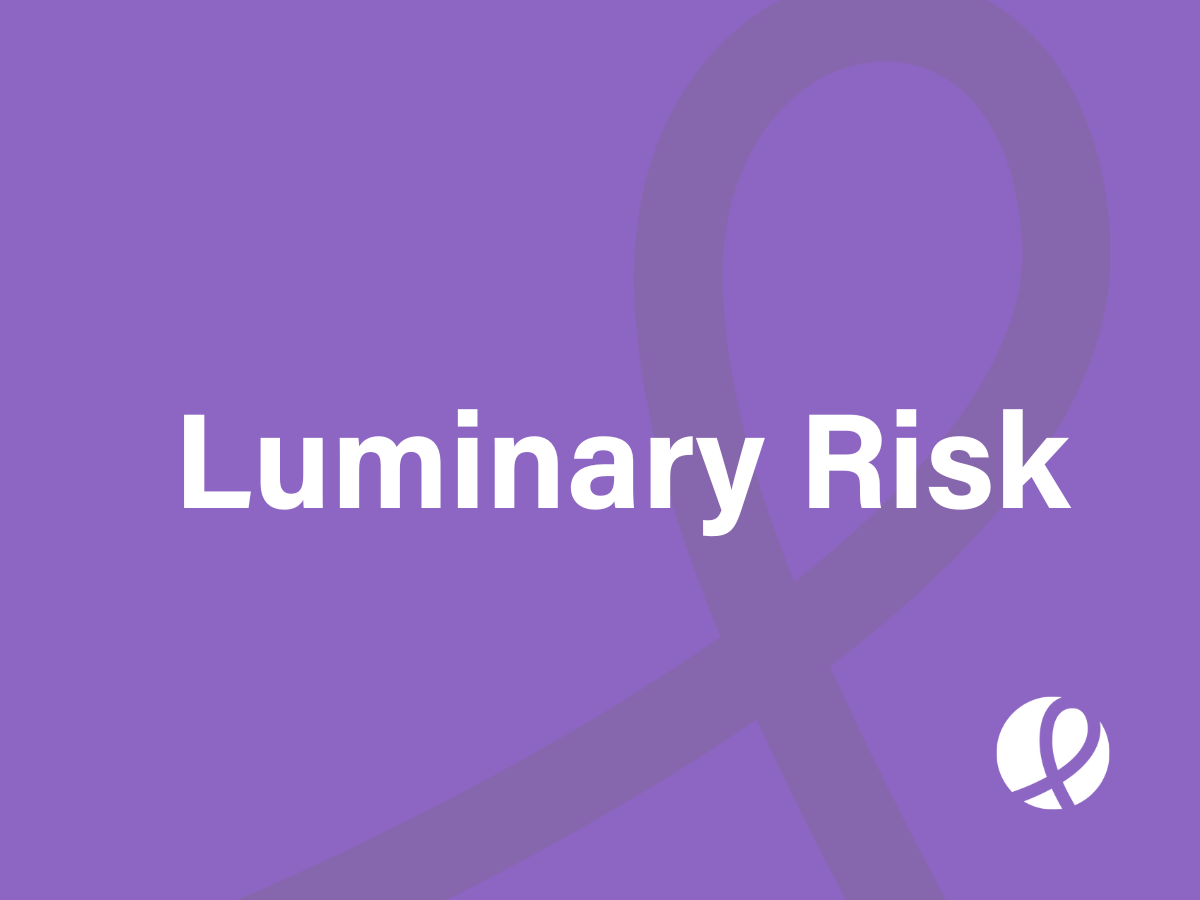





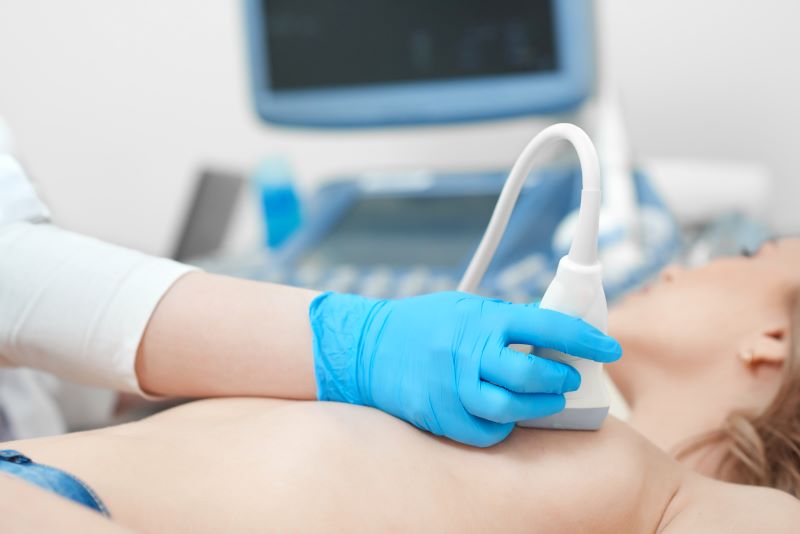
![monitoring breast density shutterstock_1299510538-[Converted]](https://magview.com/wp-content/uploads/2023/05/shutterstock_1299510538-Converted.jpg)
